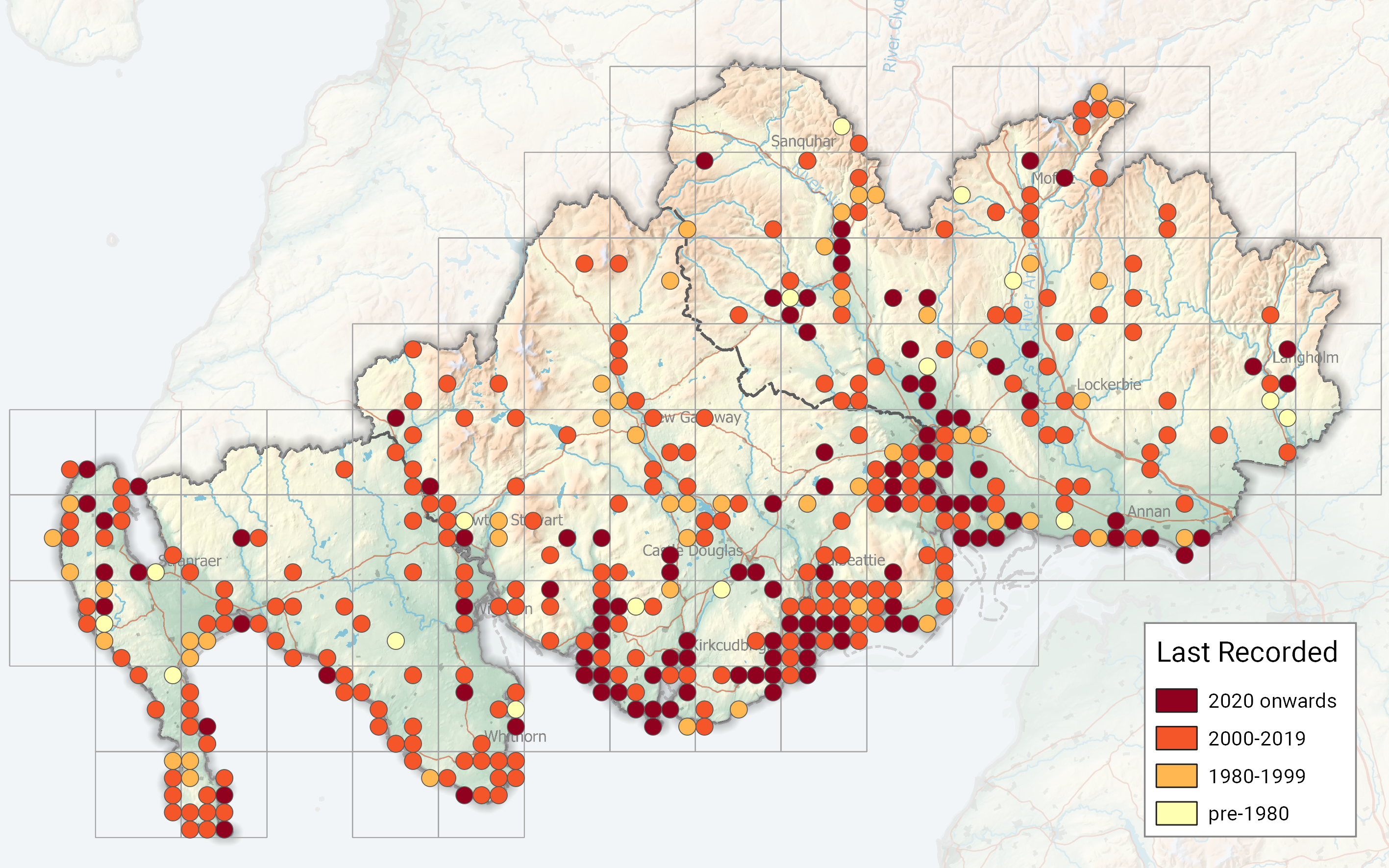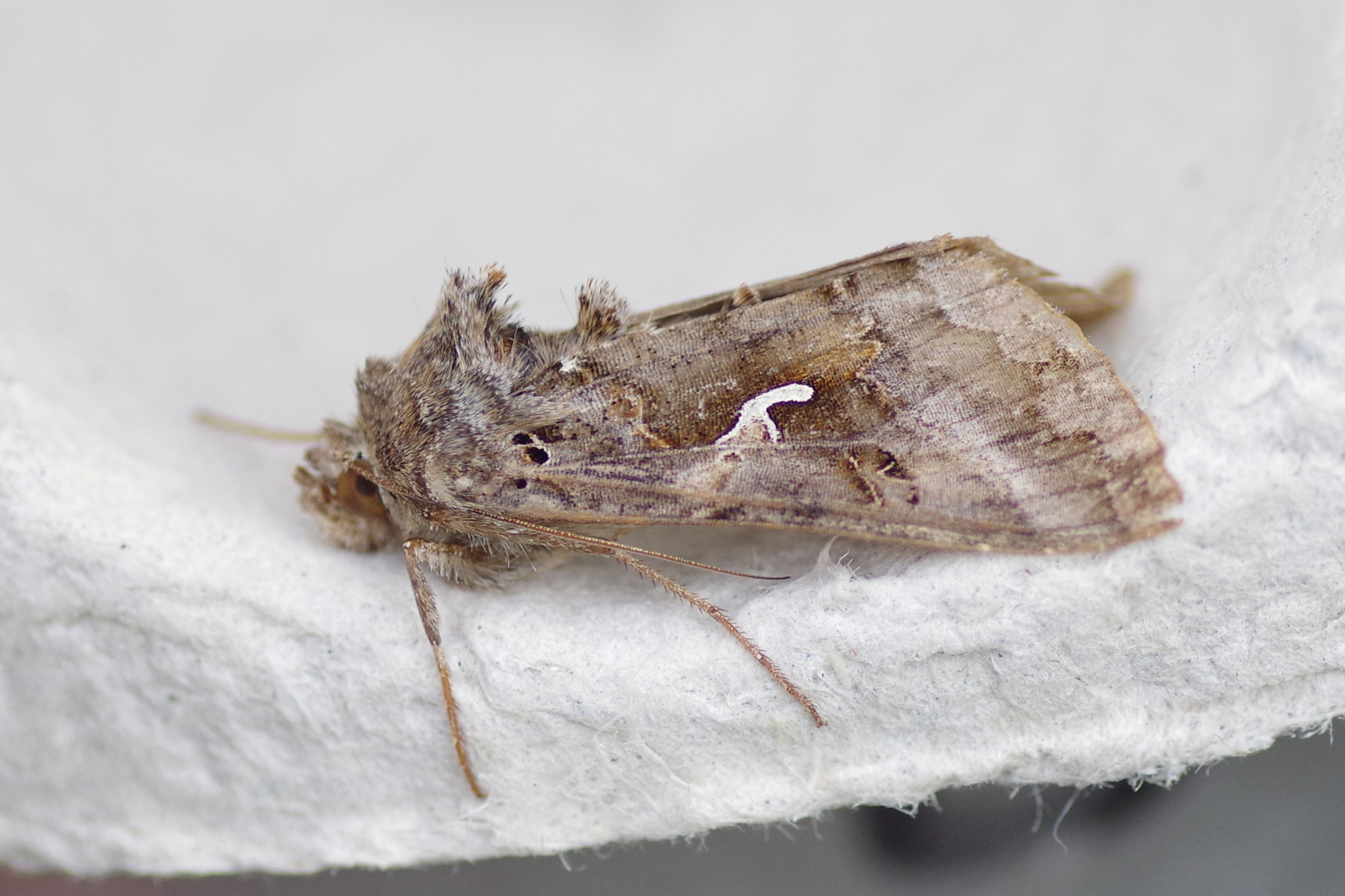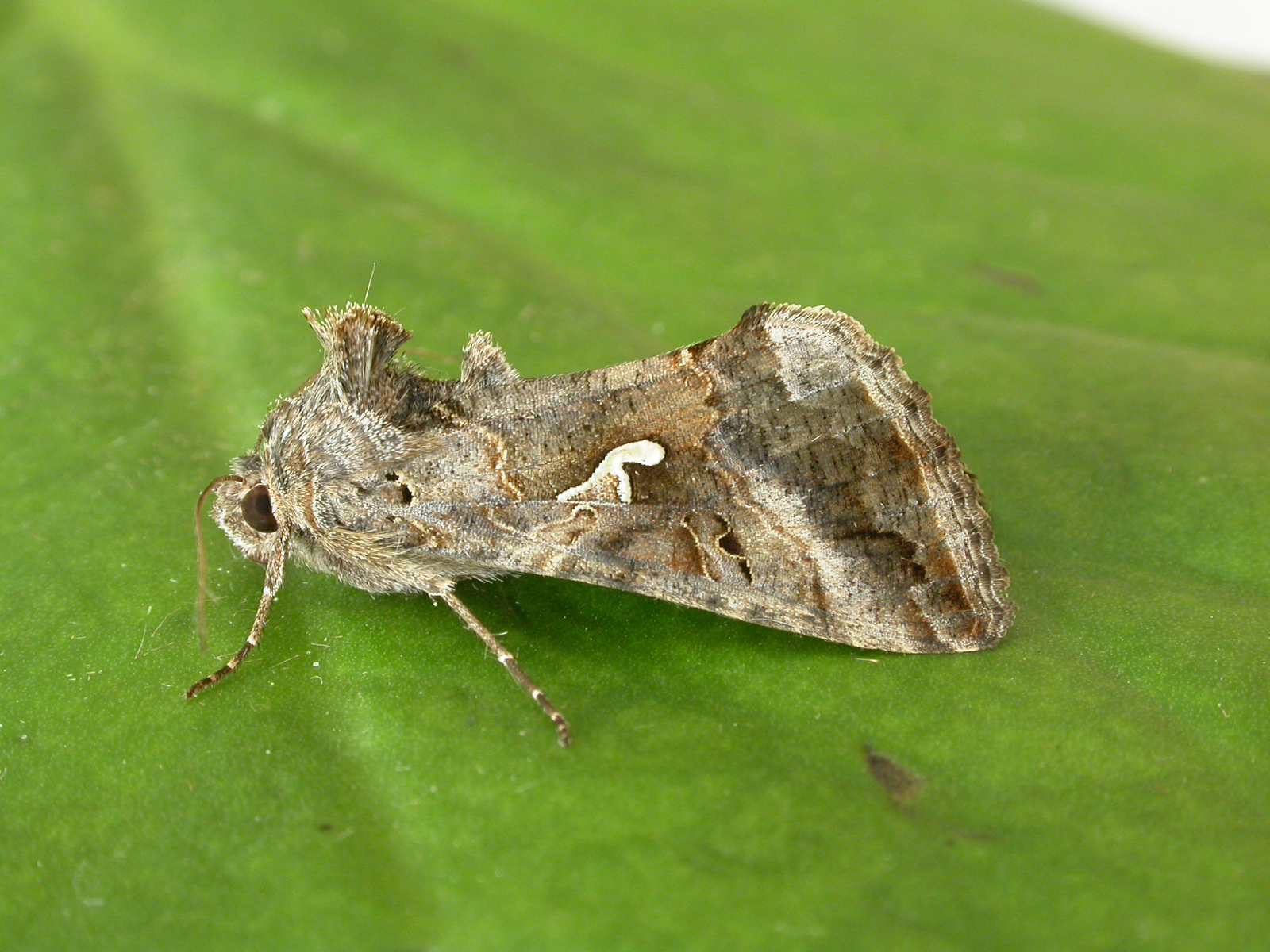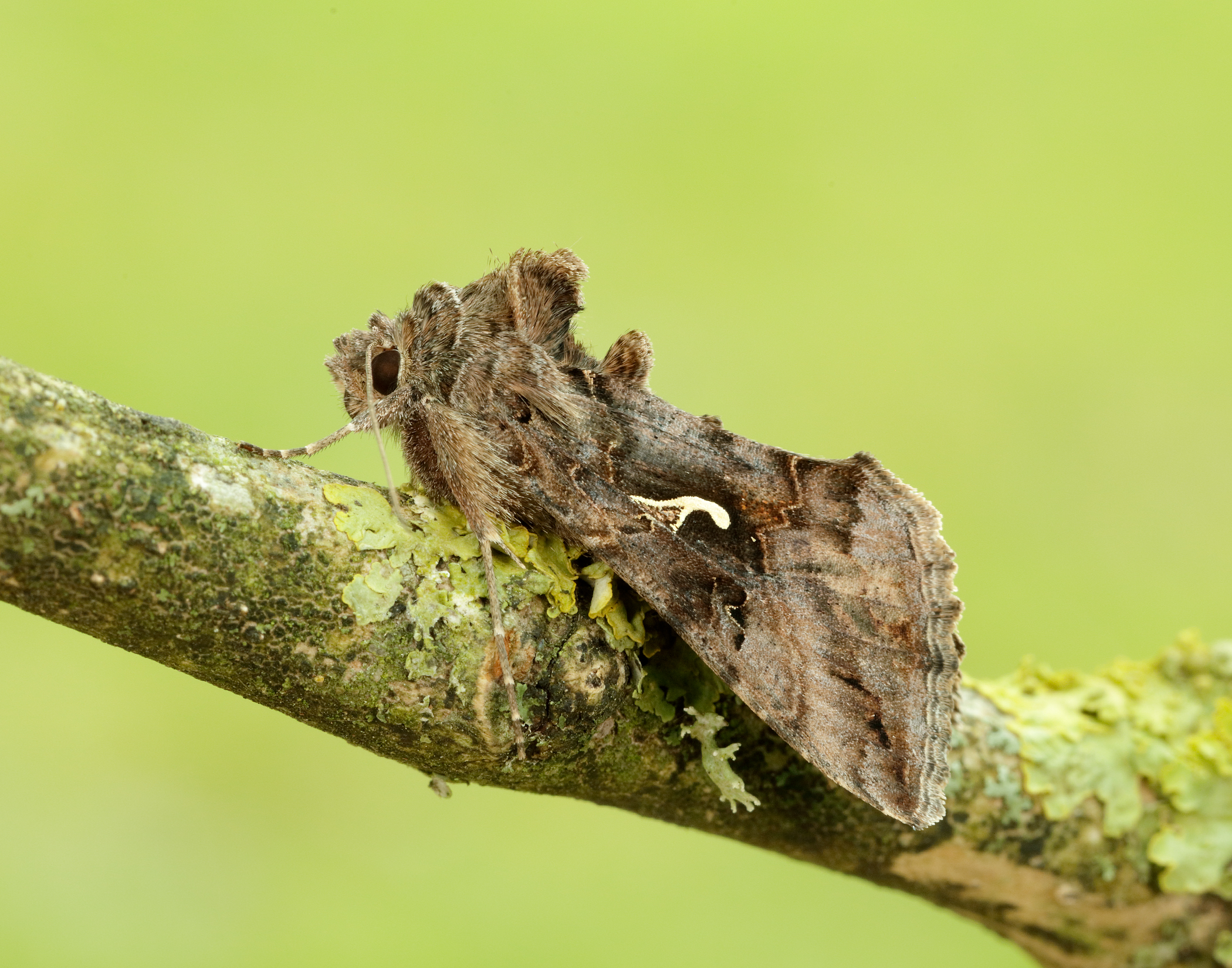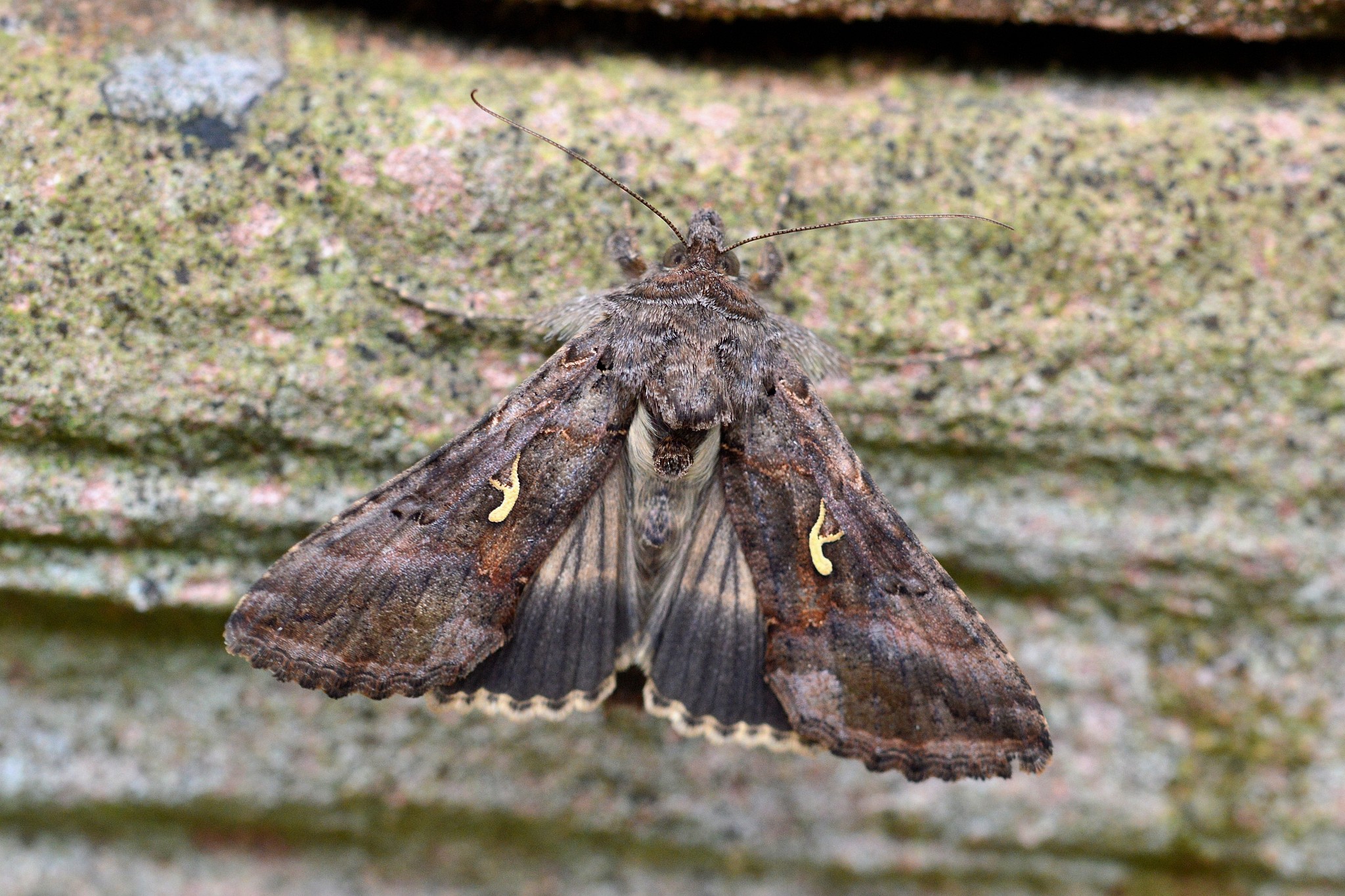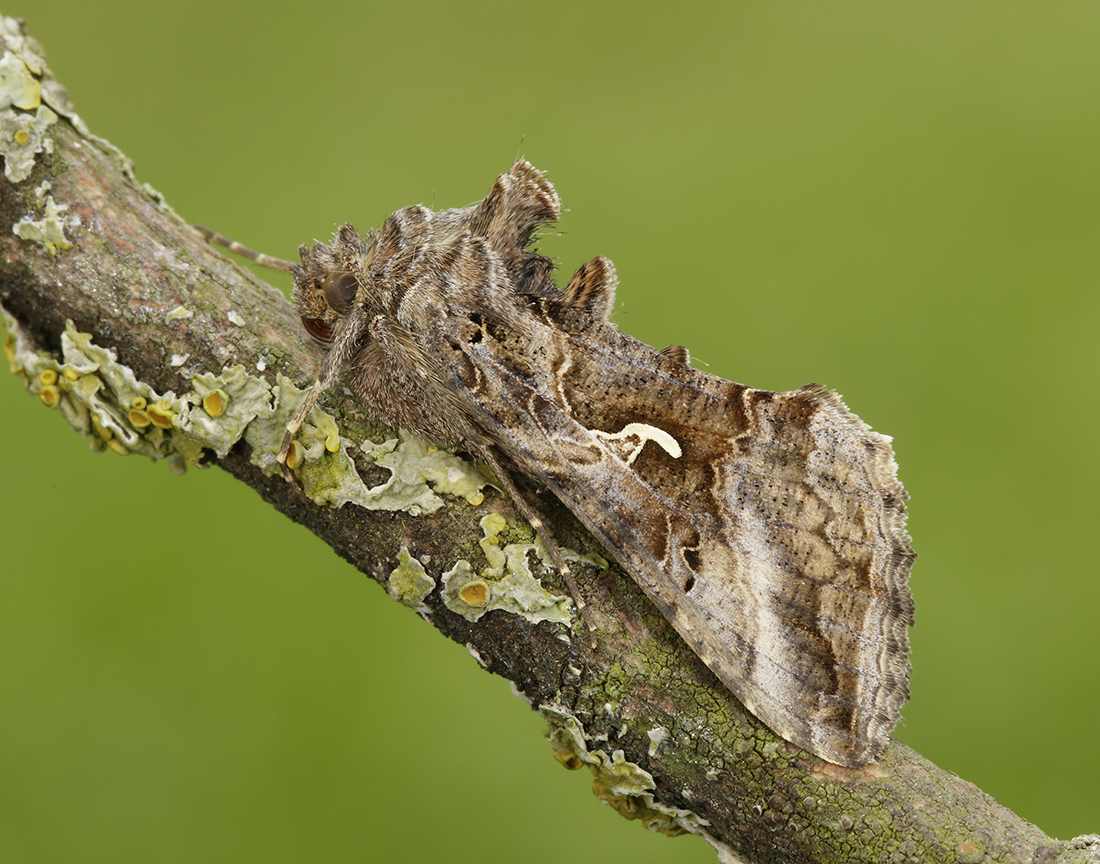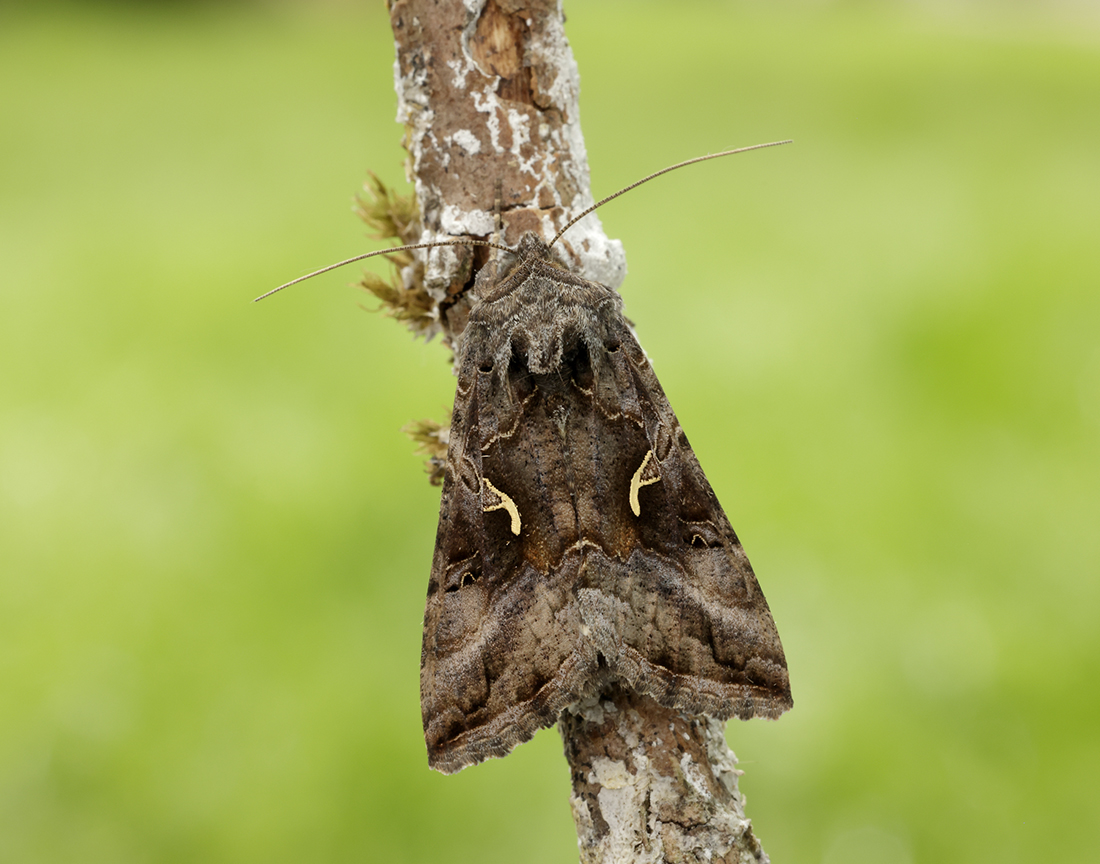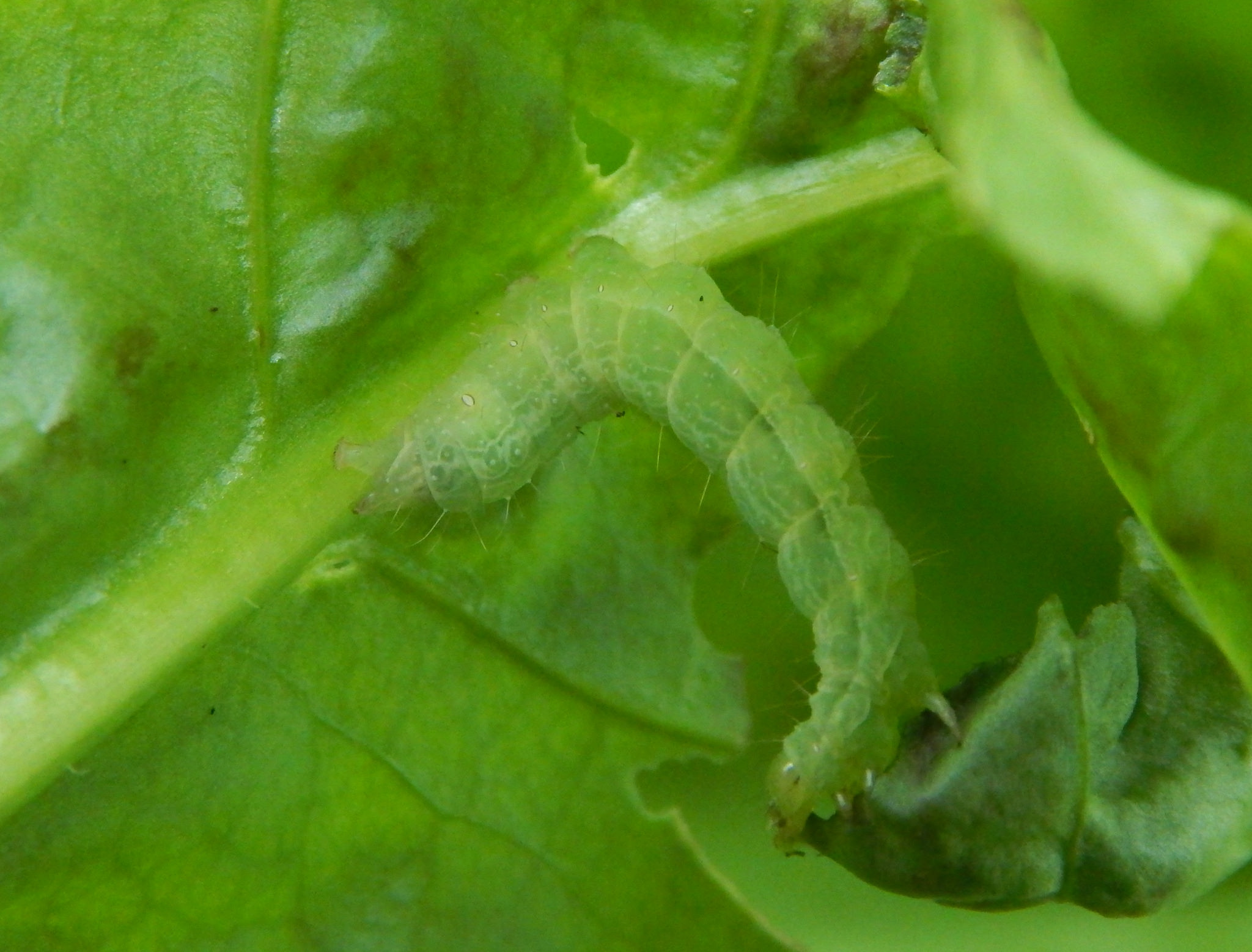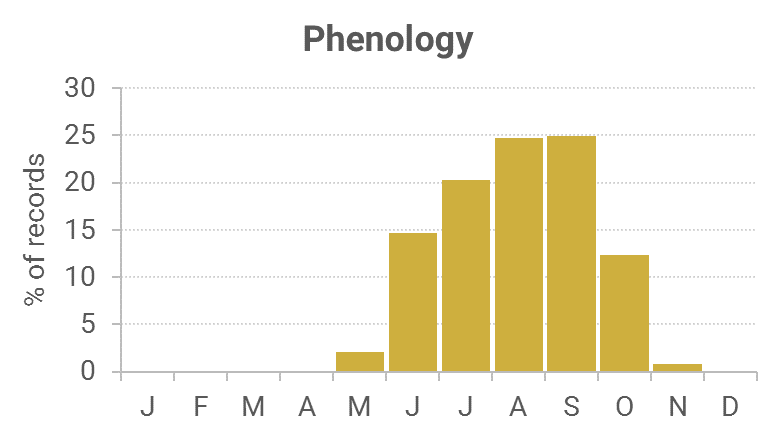Identification
Fairly distinctive, but care required to separate from similar noctuid species, including other migrants.
Recording Method.
Attracted to light, sometimes in large numbers. In daytime easily flushed from low vegetation and often seen feeding on flowers and ivy.
Life cycle
Probably breeds every summer. Larvae can be found from spring to autumn. Unable to survive our winter.
Larval foodplants
Bedstraws, Common Nettle and clovers.
Habitat
Mainly coastal sites, but also inland sunny sites.
History
The earliest notification of this species is published in Stephens (1829) with the Rev. William Little recording it at Raehills (VC72).
Lennon (1863) had stated it was common everywhere in his ‘List of Lepidoptera taken near Dumfries.’ Gordon (1913) had also found it abundant in Wigtownshire, especially in the autumn. It was also attracted to sugar.
William Evans (1915) was informed by D. A. Mowat, keeper at Killantringan Lighthouse, Wigtownshire, that a notable “rush” occurred on the night of 19th September 1913, which included 293 Silver Y’s between 22:00 and 23:00 hours. Prior to this, 89 males and 79 females were captured on 31st August 1913, with 111 (80 males, 31 females) in late September 1913. Further records occurred during 1914-15 of this regular migrant.
Archibald Russell (1944) listed it as occurring near Gatehouse of Fleet (VC73) during the years 1942-43. Sir Arthur Duncan (1909-84) during his lifetime had found it at Closeburn, Tynron and Castlehill, Dumfries (all VC72).
During 1974-92 all seven Rothamsted stations recorded nearly 300 records.
But from 1987 to 2010 there was a sharp increase in the number of records, with over 1200 being logged. Many were from the regular trapped sites, a transect walk in Mabie Forest, with others from widely scattered sites across the region.
A few of the form ab. nigricans Spuler have been recorded in both Dumfriesshire and Kirkcudbrightshire, but none have occurred in Wigtownshire. They have a velvet-black appearance. The smaller form gammina Staudinger which is thought to be caused by starvation in the larval stage has also occurred in this region.

